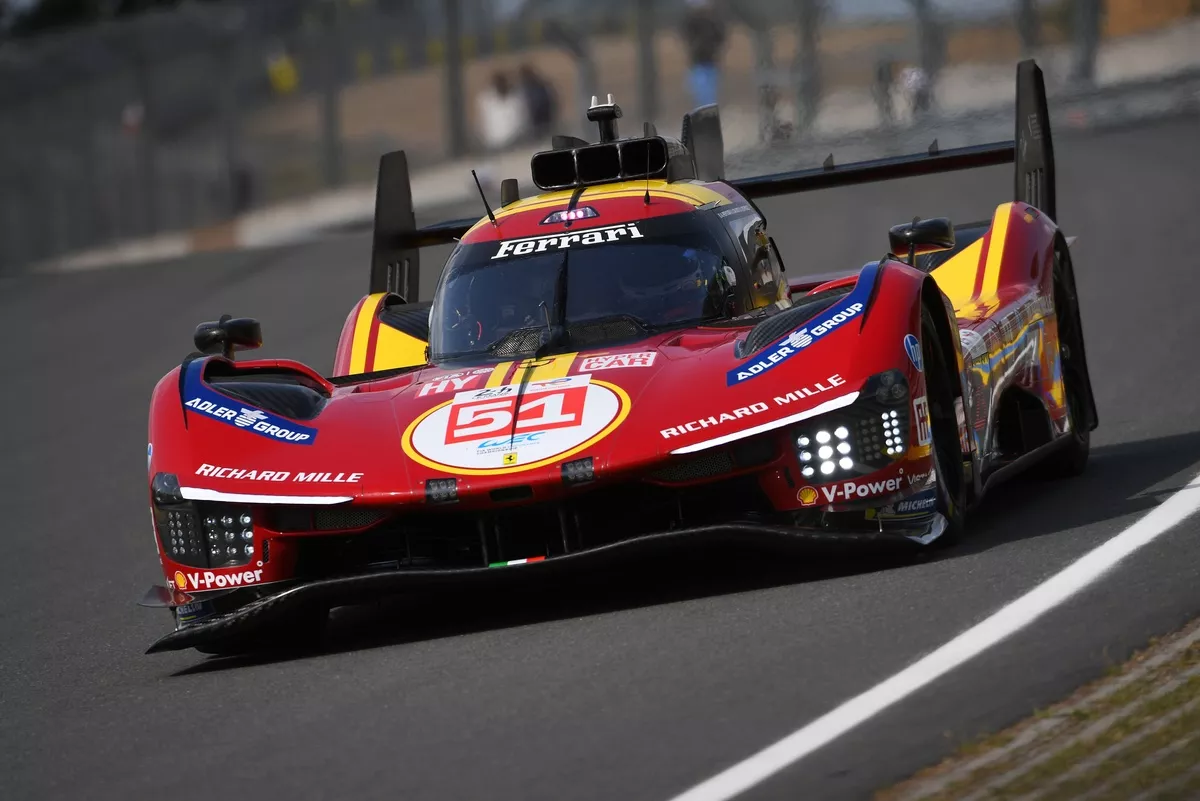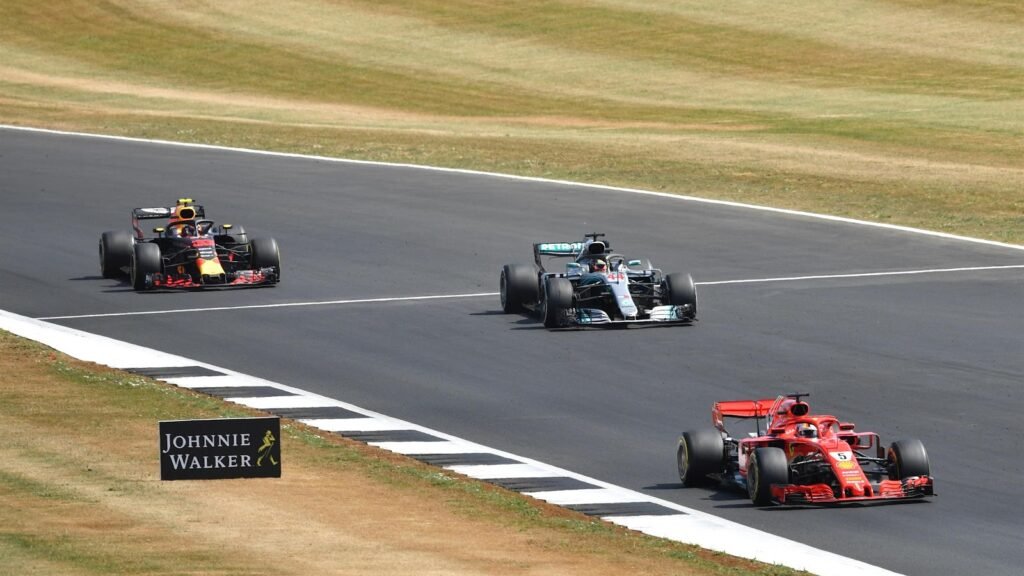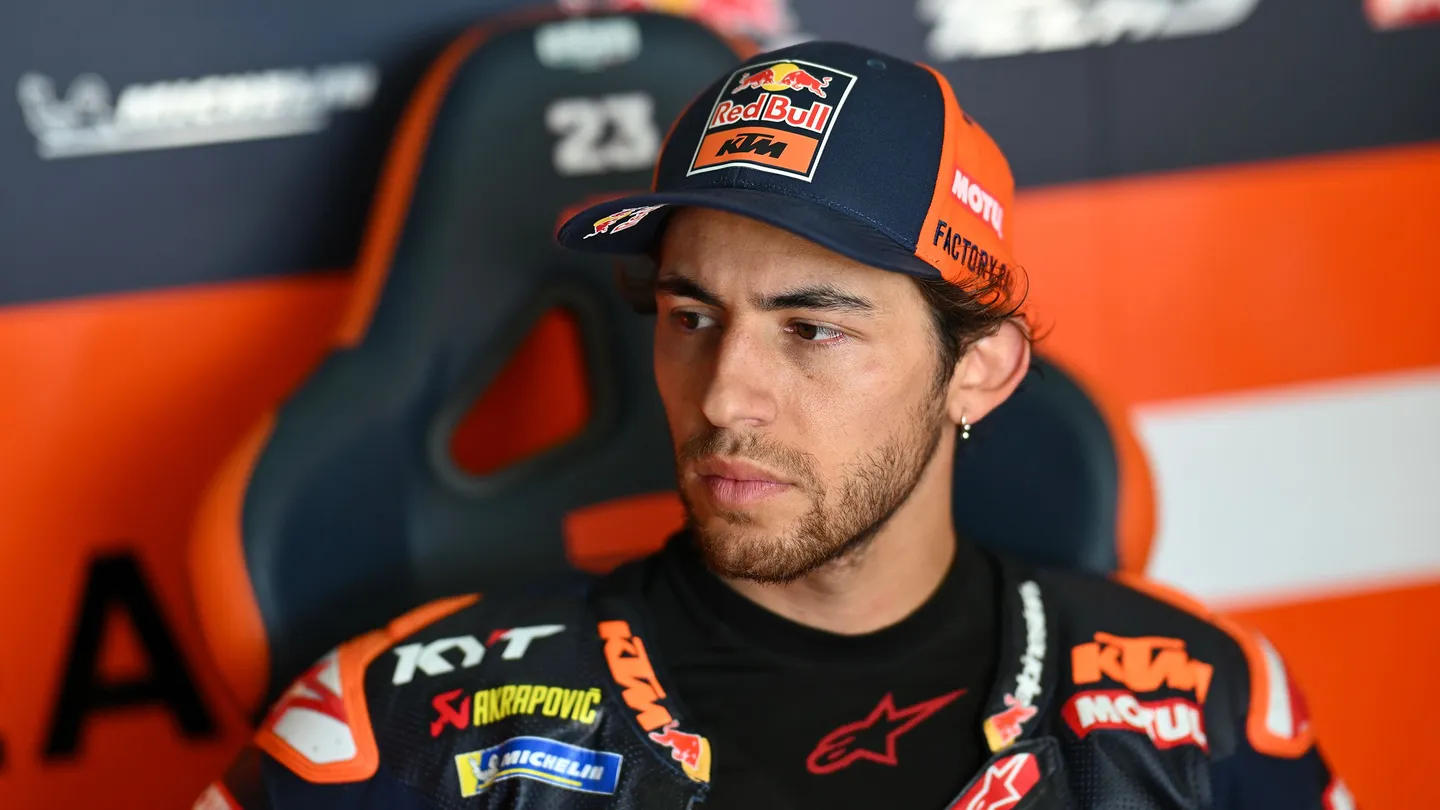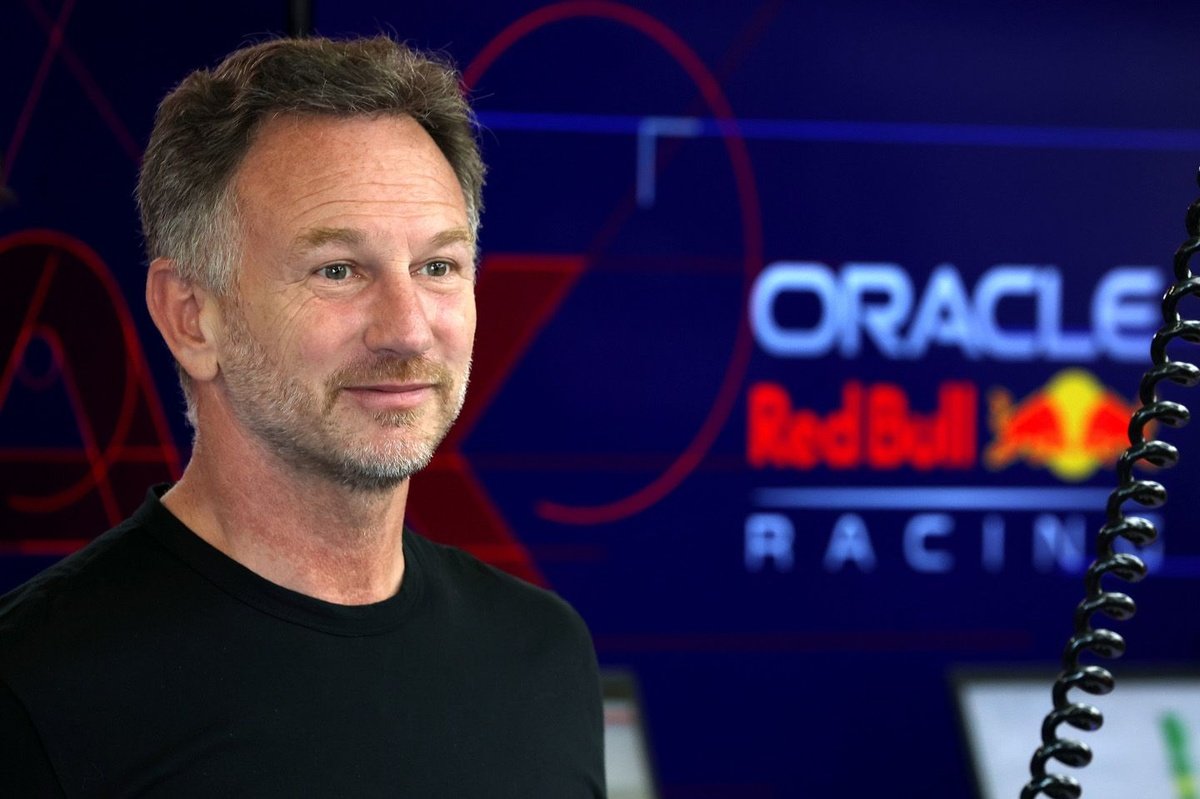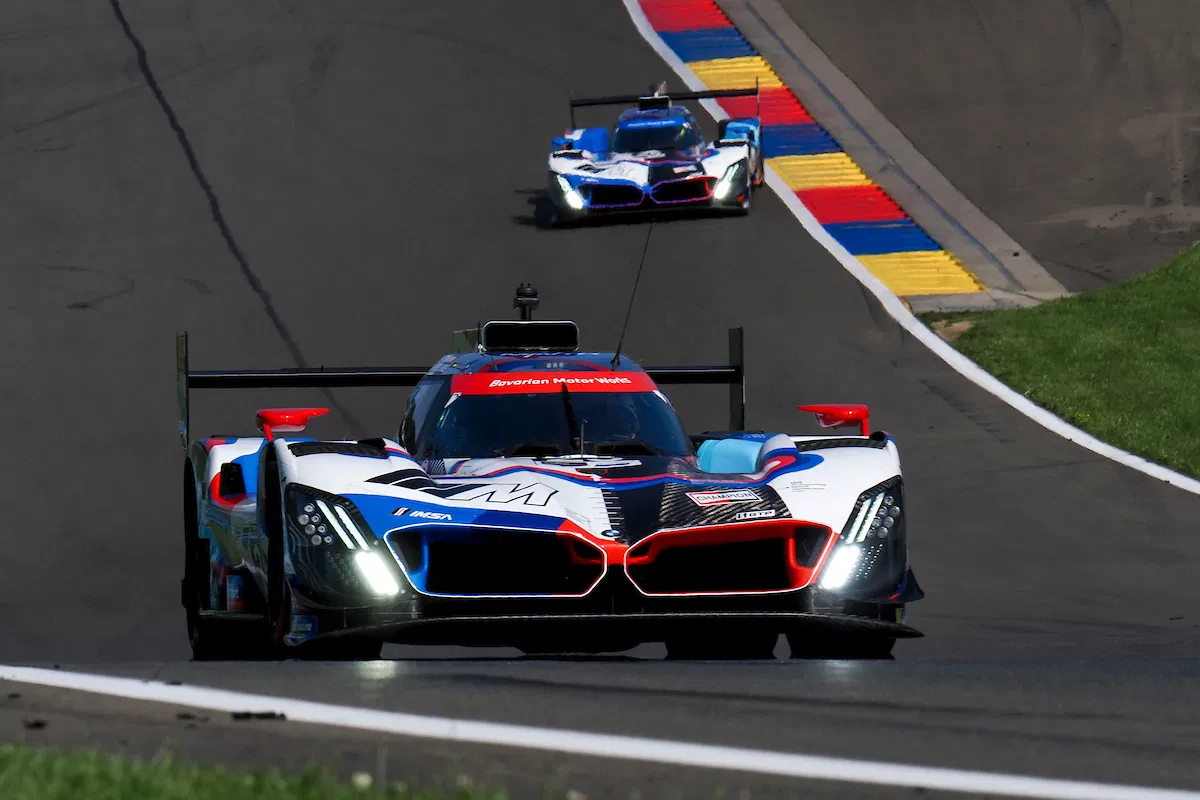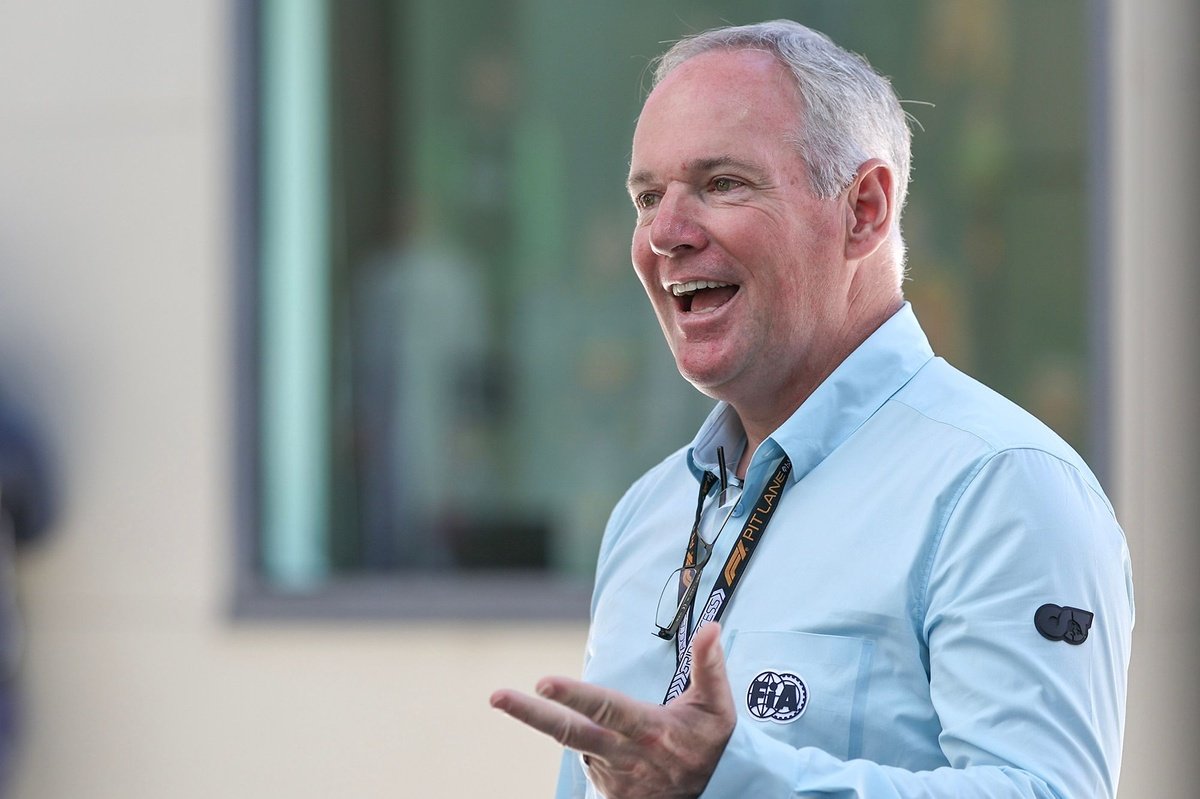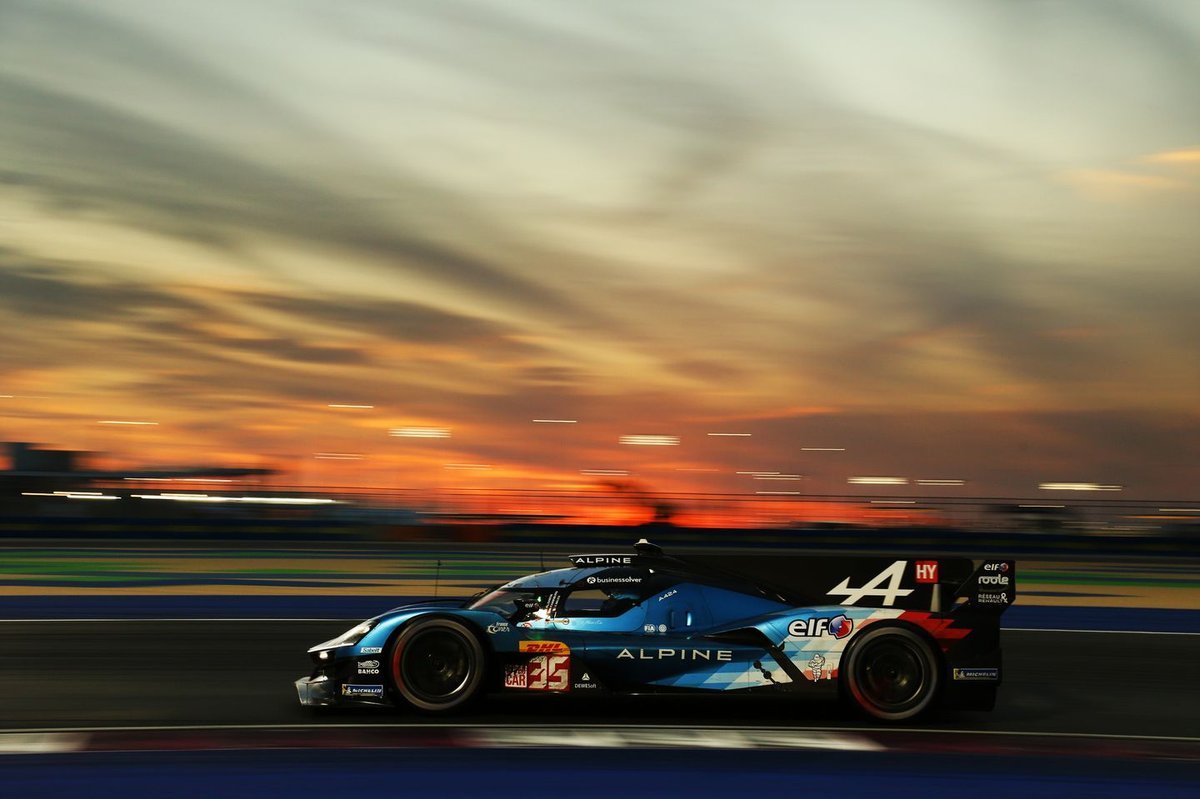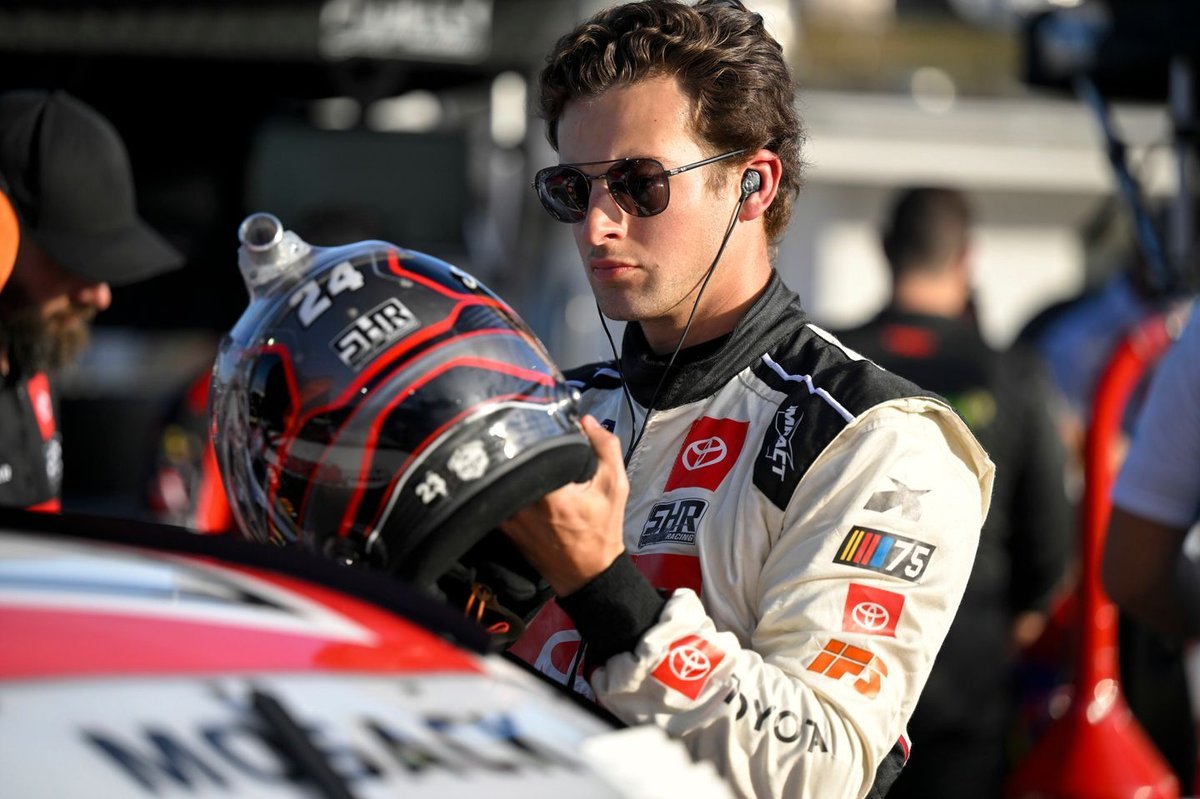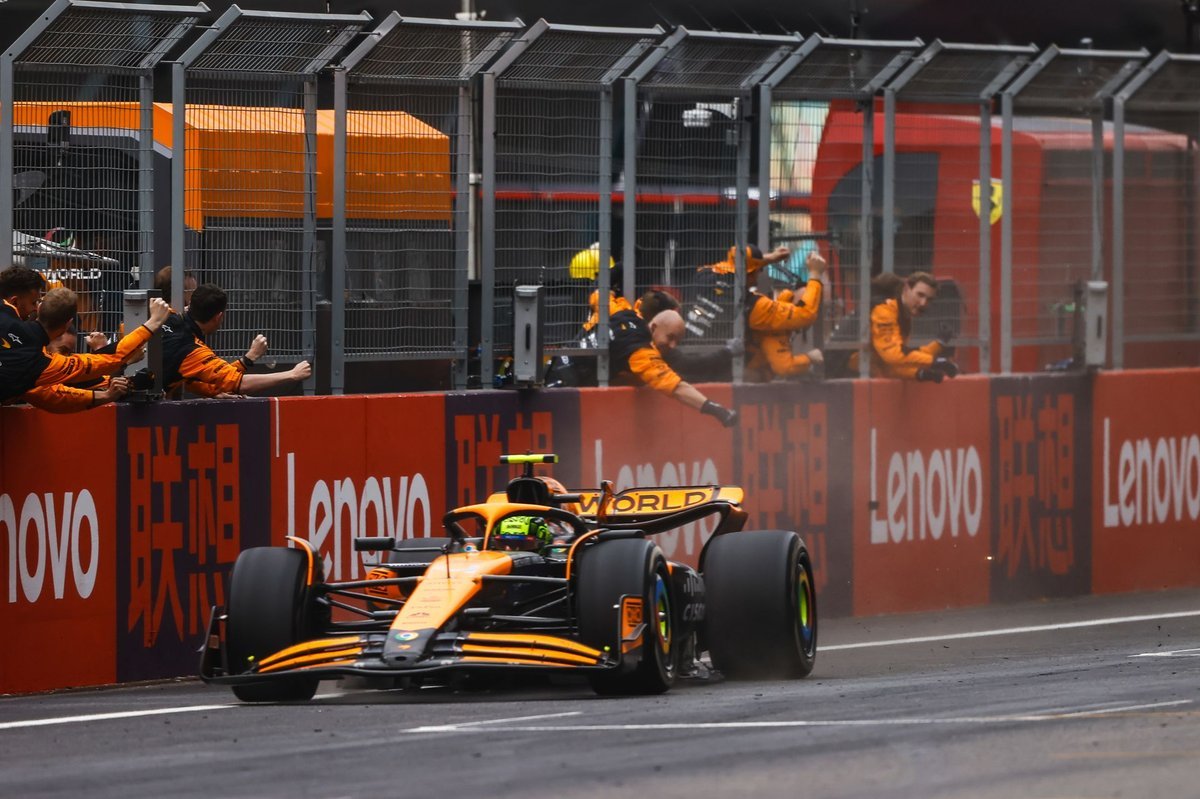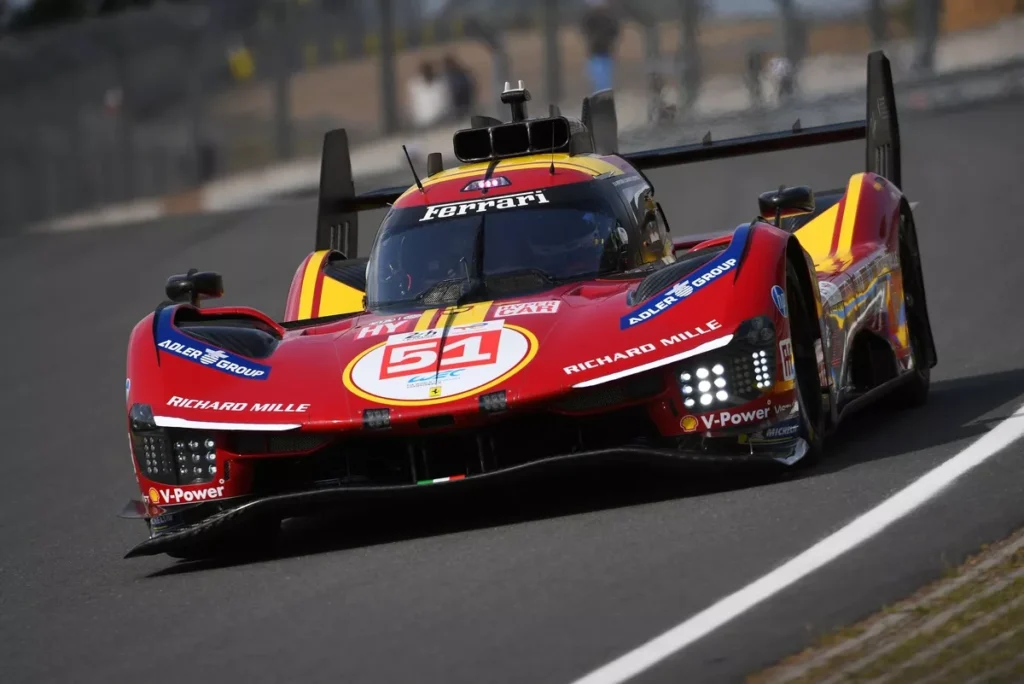
Ferrari’s unbeaten run in the WEC is challenged as BoP cuts power and adds weight for the Sao Paulo 6 Hours.
When you think of Ferrari, you think of passion, speed, and a relentless drive for victory. But even the mighty Prancing Horse can’t escape the rules that aim to keep racing fair. Ahead of the 2025 World Endurance Championship (WEC) round in Brazil, Ferrari has been reined in by the FIA’s Balance of Performance (BoP) adjustments. Like a racehorse given heavier saddlebags, the Italian giant must now fight harder to maintain its supremacy at Interlagos.
Introduction to Balance of Performance (BoP)
Ever wondered why certain cars seem to suddenly slow down despite dominating earlier? That’s thanks to BoP — a system used to equalize performance and ensure that no single team runs away with all the glory. Think of it as a referee adjusting the game so every player has a fair shot at victory.
Ferrari’s 2025 WEC Journey So Far
Ferrari’s 499P Le Mans Hypercar has been the talk of the paddock this season. With wins in Qatar, Imola, and Spa, it looked almost unstoppable. Their unbeaten record was building the kind of momentum that had fans dreaming of an all-red championship celebration.
What’s Different at Interlagos?
This weekend in Brazil, Ferrari’s challenge just got tougher. The FIA has announced that Ferrari must reduce power and carry more weight, shifting the dynamics entirely. As if racing on a tightrope wasn’t already difficult, now they’ll do it carrying a backpack full of bricks.
The Power Cut: How Much Did Ferrari Lose?
Ferrari’s 499P will run at 480kW (644bhp) — a 35kW (47bhp) cut from Le Mans and 9kW (12bhp) down from Spa. That’s like removing a small motorcycle engine from their powertrain. In a sport where every fraction of a second counts, this is a huge blow.
The Weight Gain: Slowing the Stallion
On top of the power reduction, Ferrari will gain 27kg over their Le Mans setup and 12kg over Spa. This added weight affects acceleration, braking, and tire wear. Imagine a sprinter suddenly asked to run with a weighted vest — that’s exactly what Ferrari’s engineers are grappling with.
Comparison to Previous Races
The Sao Paulo BoP is based on average race data from Qatar, Imola, and Spa — all races Ferrari dominated. Le Mans uses a different BoP system, so comparisons can be tricky. But Ferrari’s current numbers even surpass the handicaps they carried last year at Interlagos, where they only managed fifth and sixth.
Impact on Ferrari’s Race Strategy
With less power and more weight, Ferrari must adapt its strategy. Expect them to focus on tire preservation, smarter overtakes, and undercut pit strategies. The days of simply blasting past rivals on the straights are over — at least for now.
Toyota’s Strengthening Position
Toyota, Ferrari’s closest rival, has received slight adjustments too. Their GR010 HYBRID LMH stays at 1069kg but gains an extra 5kW (7bhp). It might sound small, but that bit of extra grunt could be enough to edge past Ferrari, especially in Brazil’s twisty sections.
Other Teams: Porsche, Cadillac & More
Porsche and Cadillac fans, rejoice! Porsche’s 963 has gained 7kW (9bhp), and Cadillac’s V-Series LMDh gets a 15kW (20bhp) bump. Both also shed 2kg of minimum weight, giving them an extra spring in their step for the weekend.
Peugeot’s Unexpected Boost
Peugeot’s 9X8 2024 LMH returns to its pre-Le Mans form, boasting the maximum power of 520kW (697bhp) and minimum weight at 1030kg. After a rocky season, Peugeot might finally have the tools to surprise everyone and snatch a podium.
Fans’ Perspective: Fair Play or Too Harsh?
Many fans are split. Some argue that BoP keeps racing fair and exciting, while others feel it punishes success. Is it fair to weigh down a team that simply did a better job? Or is it essential to keep audiences engaged? Like adding a plot twist to your favorite TV series, it keeps everyone guessing.
Driver Reactions: Fighting the Odds
Ferrari drivers have remained diplomatic but hinted at frustration. They know they’ll be fighting uphill, literally and metaphorically. But as true racers, they also relish the challenge. Expect them to push the 499P to its limits, despite the shackles.
Future of BoP in WEC
The future of BoP will likely continue to evolve. It’s a delicate balance between fairness and engineering brilliance. The FIA aims to avoid one-team domination, but how far can they go before it feels forced?
What’s Next for Ferrari?
Ferrari won’t give up easily. While the Sao Paulo race might be a tough pill to swallow, they’ll no doubt return stronger. Expect upgrades, refined strategies, and maybe even some secret innovations under the hood for upcoming races.
Conclusion
The 2025 WEC season just got a lot more exciting. Ferrari’s dominance is under threat, and the field is more level than ever. Will this be the spark that ignites thrilling wheel-to-wheel battles in Brazil? Only time will tell. One thing’s for sure: fans around the world will be watching closely.
FAQs
Why did Ferrari lose power and gain weight for the Sao Paulo 6 Hours?
The FIA’s Balance of Performance adjustments were made to level the playing field based on Ferrari’s dominant performances in the last three WEC races.
How will the BoP changes affect Ferrari’s race at Interlagos?
Ferrari will likely face a tougher challenge, needing to rely more on strategic finesse rather than pure speed to secure a good result.
Which teams benefit most from the new BoP adjustments?
Toyota, Porsche, Cadillac, and Peugeot all stand to gain with power increases and weight reductions, improving their competitiveness against Ferrari.
Is BoP fair to successful teams like Ferrari?
This is a hotly debated topic. While BoP aims to keep racing exciting for fans, some believe it unfairly penalizes teams that have engineered superior cars.
Can Ferrari still win despite these changes?
Absolutely. Ferrari is known for its resilience and adaptability. While it won’t be easy, they still have the skill and experience to fight for victory.

